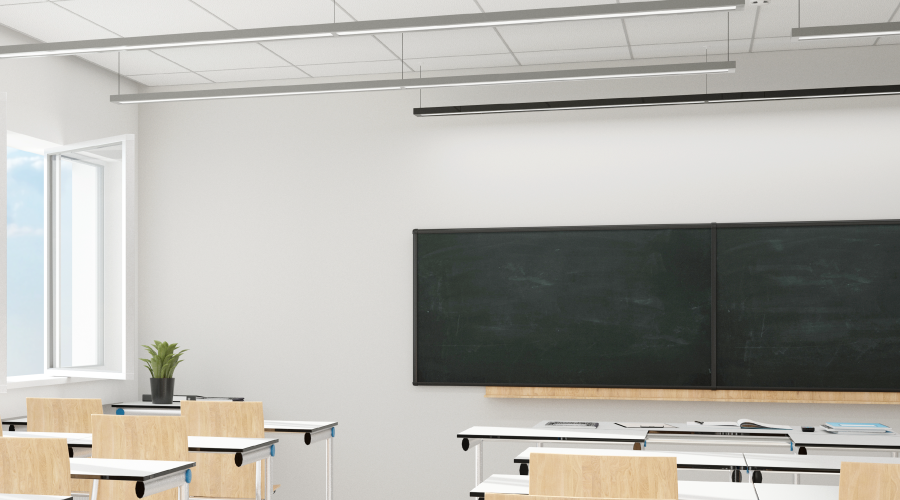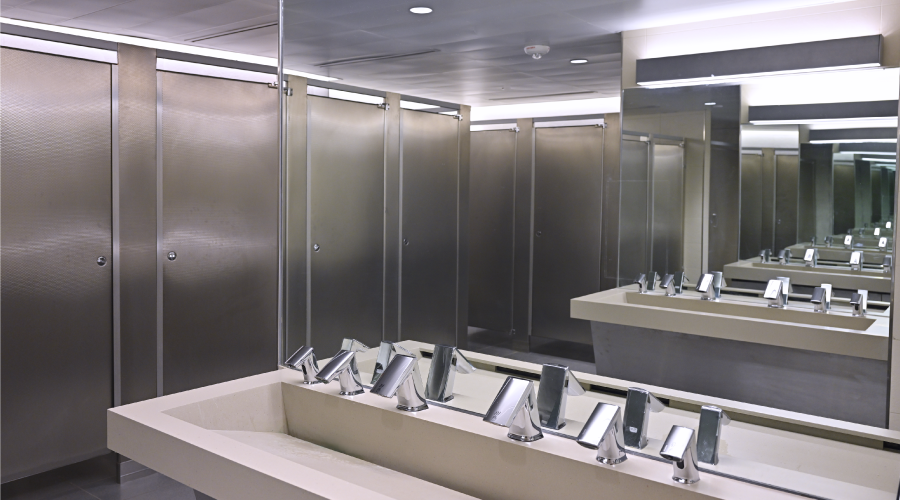
CDC Spotlights Top K-12 Ventilation Strategies
The CDC published its findings on public K–12 schools’ preferred ventilation strategies as part of their wider Covid-19 protocols. July 18, 2022
By Dan Hounsell, Senior Editor
The challenge of minimizing COVID-19 transmission in K-12 schools while allowing for ongoing in-person education has been a difficult process for maintenance and engineering managers since the beginning of the pandemic. Federal, state, and local policies have tried to strike a balance between these goals through specialized educational plans, social distancing protocols, and modifications to the physical environment within schools. As part of an ongoing study into such strategies, the Centers for Disease Control and Prevention (CDC) published its findings on public K–12 schools’ preferred ventilation strategies as part of their wider Covid-19 protocols.
The most frequently reported ventilation improvement strategies were lower-cost strategies, including:
- relocating activities outdoors (73.6 percent)
- inspecting and validating existing HVAC systems (70.5 percent)
- opening doors (67.3 percent) or windows (67.2 percent) when safe to do so.
A smaller proportion of schools reported more resource-intensive strategies, such as:
- replacing or upgrading HVAC systems (38.5 percent)
- using high-efficiency particulate air (HEPA) filtration systems in classrooms (28.2 percent) or eating areas (29.8 percent).
The study was launched in 2021 and draws on data from web-based questionnaires from school administrators. The study analyzed the respondents’ use of ventilation strategies in 420 schools in February and March of the 2021-’22 academic year.
Dan Hounsell is senior editor for the facilities market. He has more than 25 years of experience covering engineering, maintenance, and grounds management issues in institutional and commercial facilities.
Next
Read next on FacilitiesNet












